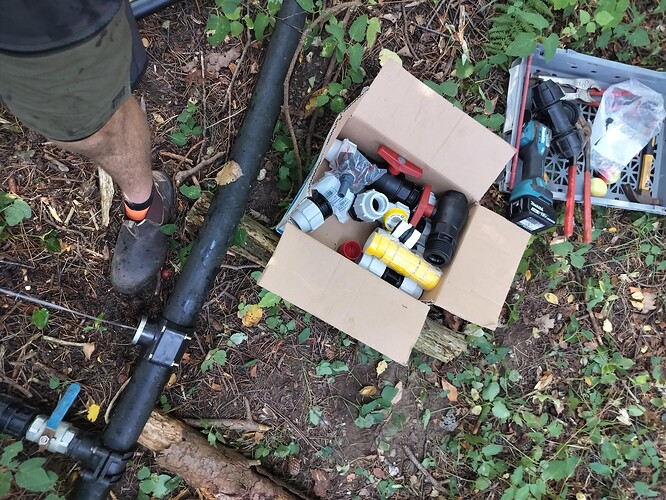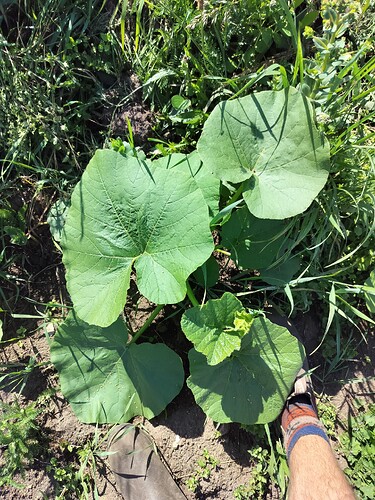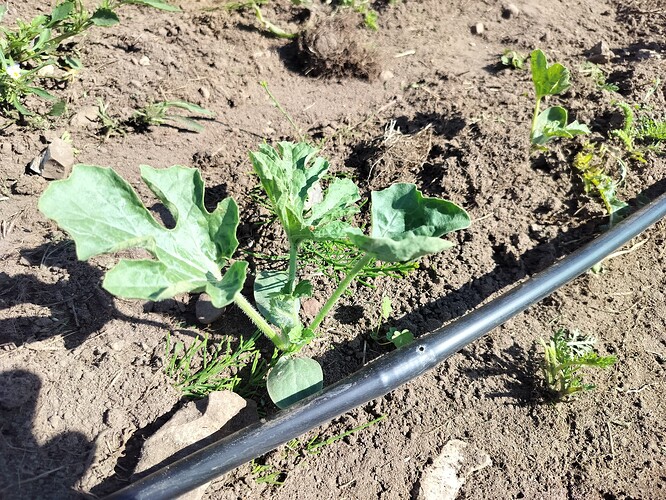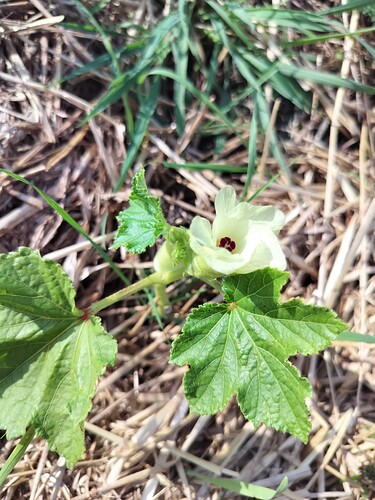I’m starting up a growing project for the culinary school I work at. We will grow a strip of land 800m2 outside the city. The site is neighbor to important partners and small producers that we want to take chef students to visit. The breeding field will be the school’s base and a place to experiment with developing culinary landraces.
Two immediate ideas with:
- To have available a more diverse selection of crops over the year for teaching chef students better crop understanding. We want to show the students how carrots, pumpkin, corn and so on not only come in many colors, but also sizes, shapes and of course flavors.
- To involve the students in the breeding work, particularly by growing diverse populations and then selecting the best. Students learn important lessons on sensory discrimination, what flavor is, which kinds of shapes and sizes are helpful in the kitchen for certain preparations and so on. The teaching opportunities are legion. I’ve described how I do this with squash in another thread.
Here I want to document the project. You find subprojects within this project here:
This is first year and I’m mostly just establishing there - installing access to water, observing the micro climate, the soil and wildlife. I’ve visited around 4 times this season and have relied entirely on rain for water.
The field is a strip of 7 x 150 meters. Here it is in June when we just got there. The field was harrowed two times to get rid of grasses:
Climate is coastal, temperate without pronounced dry seasons (this seems to be changing), sometimes warm summers, but often very much back-and-forth with rain and cloud. Around USDA zone 7-8, but the American scale misrepresents the climate somewhat. We have less warm summers here and some woody plants don’t fully mature, so they’re more fragile in winter.
Rain average around 700 mm/year and around 1700 sun hours/year.
Soil seems sandy and even pretty rocky - lots of stones. Not a particularly fertile soil either. Local farmers I’ve talked to say the same. The reason they chose this place is because it is one of the strongholds of the organic movement in our country, so there are lots of customers. The place has become a food and small-ag hub in recent years.
This year I don’t have the time or equipment to grow reliably, so I’m testing out broadsowed mixes, observing the site and see how late I can plant out crops that would otherwise have been started months before.
Amaranth, scorzonera, orach, yellow mustard and some other
Germination is patchy and less distributed than I would have liked. I mixed the seed with some sand, then walked the strip two times to distribute it more equal. I probably need to work on my broadsowing skills.
Some places have more equal germination
Planted out corn, tomatillo, chili, aubergine in late June from plugs I had extra of. About two months later than most would plant those out. I’m not expecting much, but will learn a lot from seeing how they grow with total neglect. I was lucky to have rainfall only a few hours after planting out and didn’t water them at all.
This summer had lots of rain. Pictures a few weeks after and good survival rate.
Dug some shallow trenches to keep a bit of moisture for tomatillo and chili.
Later in August the broadsowings look like this
Looks like mostly orach but underneath there’s amaranth, scorzonera too and yellow mustard in the back. Less germination on fava bean, corn and sorghum (I tried not covering with soil, just mixing it around a bit with a rake). Cichory and clover seems to have had no germination.
Mustard is easy here
Planted corn
Tomatillo
Aubergine are too slow to set fruit like this, but I wasn’t counting on that
Probably the squash latest planted out in this country. This is around one month later early August. I’ll be thrilled to get mature fruit from any of them, but mostly just happy that they seem to grow relatively well with zero care. If I plant them out two months earlier as I usually do, I expect them to do very well here, and more so with a bit of care.
Lots of iceplant (Hylotelephium) seems to be in the seed bank in this soil. I’ve never seen them grow so fast and so well before. I like this plant and am happy to see it here.
Planted out some extra perennial kales under the corn to see if they will survive the winter (frost and esp. deer pressure)


















































